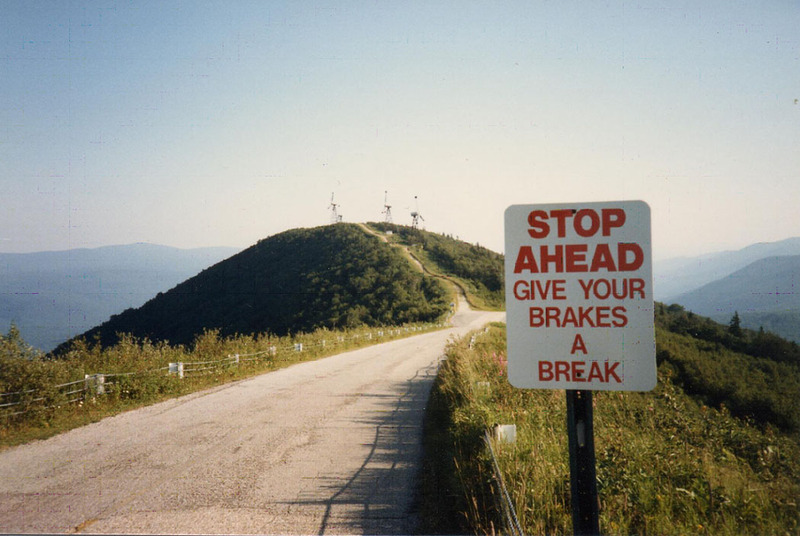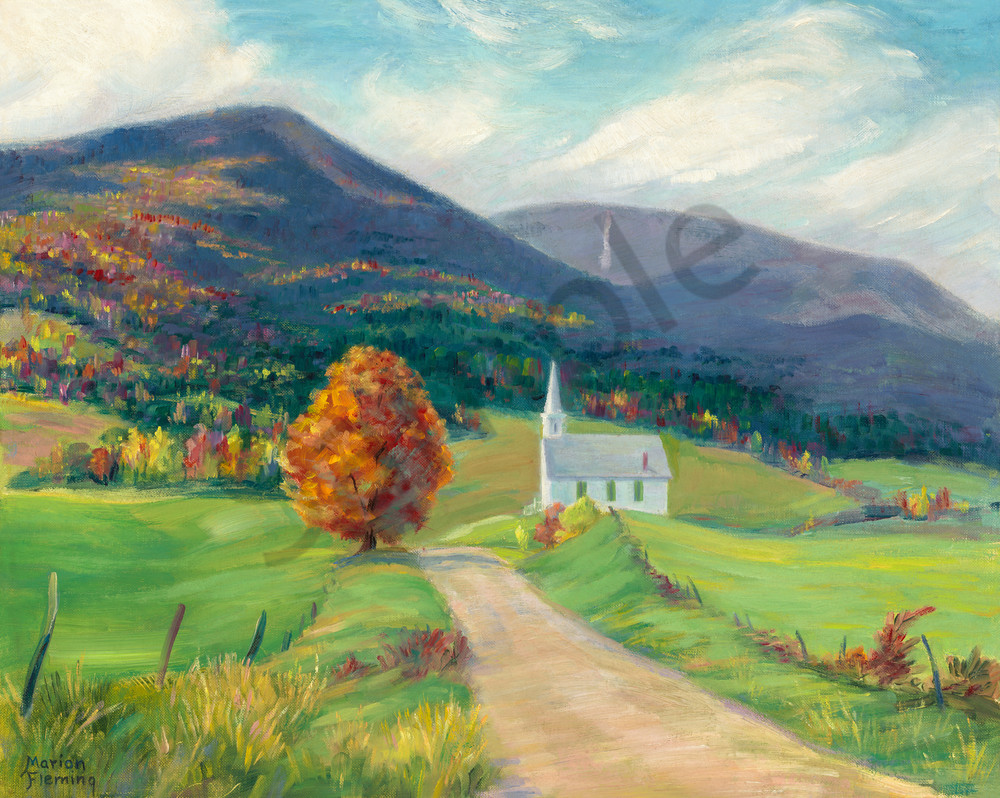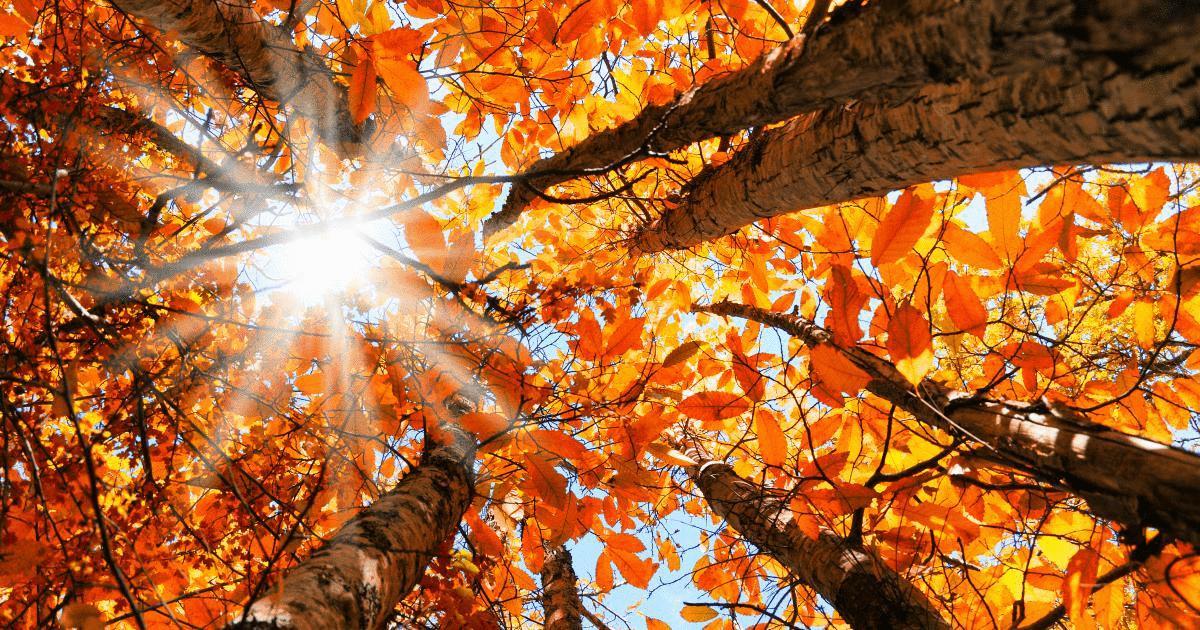

From the open rock summit, you will have a panoramic view of the Great Valley of Vermont. Stay on the white-blazed LT/AT as it passes several side trails while gradually climbing towards the peak. 270 ft elevation gainĪt the end of the Griffith Lake Trail, turn left on the Long Trail/Appalachian Trail North. Map it.īaker Peak via the Griffith Lake Trail and the Long Trail - Moderate

The grassy, open ski trails make it a wonderful spot to relax and eat lunch.ĭriving Directions: From Route-7 in Manchester, take exit 4 and follow Route-11/30 west for 4.5 miles until you reach the Long Trail parking lot on the left. It then climbs more steeply to the summit where you will find yourself surrounded by the foliage and views from every angle. 1,460 ft elevation gainįollow the Long Trail north as it gradually climbs past Bromley Shelter. Hildene Boardwalk, Manchester - Easy, Accessible.Check out our fall hiking safety tips, grab your camera to share your photos online (#HikeVT), and have fun hiking out there! This southern-VT destination offers a range of accessible and moderate hikes, complete with amazing leaf-peeping opportunities. Let’s HikeVT! This week, we’re exploring the best foliage hikes in and around Manchester. Kingdom Heritage Trails in the Northeast Kingdomīromley Mountain during foliage season.
:no_upscale()/cdn.vox-cdn.com/uploads/chorus_asset/file/10454495/axis_.png) Marshall Space Flight Center Meteoroid Environment Office. Search this blog Search for: Search Archives Today, we celebrate the equinox as an astronomical event caused by Earth’s tilt on its axis and its motion in orbit around the Sun.Įnjoy the new season – whichever side of the globe you’re on! Additionally, earlier civilizations built the first observatories, like Stonehenge in Wiltshire, England, and the Intihuatana stone in Machu Picchu, Peru, to follow the Sun’s annual progress. They knew that the Sun’s path across the sky, length of daylight, and location of sunrise and sunset all shifted in a regular way throughout the year. The people of ancient cultures used the sky as a clock and calendar. We will also feel cooler days with chillier winds, and dry, falling leaves. In the Northern hemisphere, the September equinox marks the start of a period bringing us later sunrises and earlier sunsets. But on these special days – the spring and fall equinoxes – the Sun shines almost equally on the Northern and Southern hemispheres. That’s because Earth’s axis is tilted with respect to the Sun-Earth plane. The rest of the year, the Sun shines unevenly over the Northern and Southern Hemispheres. This only happens twice in Earth’s year-long trip around the Sun. Spring twilight at the North Pole begins a few weeks before the vernal, or spring, equinox in March, when the Sun rises above the horizon again. Credit: NASA/JPL-CaltechĪlong with marking the beginning of astronomical fall, the Sun will be exactly above Earth’s equator, moving from north to south, making day and night nearly equal in length – about 12 hours – throughout the world.Īt the North Pole, over the upcoming days, the Sun will sink below the horizon for a kind of twilight from now until sometime in October when it will be completely dark, according to NASA solar scientist Mitzi Adams. During the equinoxes, both hemispheres receive equal amounts of daylight.
Marshall Space Flight Center Meteoroid Environment Office. Search this blog Search for: Search Archives Today, we celebrate the equinox as an astronomical event caused by Earth’s tilt on its axis and its motion in orbit around the Sun.Įnjoy the new season – whichever side of the globe you’re on! Additionally, earlier civilizations built the first observatories, like Stonehenge in Wiltshire, England, and the Intihuatana stone in Machu Picchu, Peru, to follow the Sun’s annual progress. They knew that the Sun’s path across the sky, length of daylight, and location of sunrise and sunset all shifted in a regular way throughout the year. The people of ancient cultures used the sky as a clock and calendar. We will also feel cooler days with chillier winds, and dry, falling leaves. In the Northern hemisphere, the September equinox marks the start of a period bringing us later sunrises and earlier sunsets. But on these special days – the spring and fall equinoxes – the Sun shines almost equally on the Northern and Southern hemispheres. That’s because Earth’s axis is tilted with respect to the Sun-Earth plane. The rest of the year, the Sun shines unevenly over the Northern and Southern Hemispheres. This only happens twice in Earth’s year-long trip around the Sun. Spring twilight at the North Pole begins a few weeks before the vernal, or spring, equinox in March, when the Sun rises above the horizon again. Credit: NASA/JPL-CaltechĪlong with marking the beginning of astronomical fall, the Sun will be exactly above Earth’s equator, moving from north to south, making day and night nearly equal in length – about 12 hours – throughout the world.Īt the North Pole, over the upcoming days, the Sun will sink below the horizon for a kind of twilight from now until sometime in October when it will be completely dark, according to NASA solar scientist Mitzi Adams. During the equinoxes, both hemispheres receive equal amounts of daylight. 
An illustration of the March (spring) and September (fall or autumn) equinoxes. 1, however, the September (or fall) equinox gives us the green light to welcome the astronomical fall season in the Northern Hemisphere (and astronomical spring season in the Southern Hemisphere). In meteorology, the fall season begins on Sept.




:no_upscale()/cdn.vox-cdn.com/uploads/chorus_asset/file/10454495/axis_.png)



 0 kommentar(er)
0 kommentar(er)
